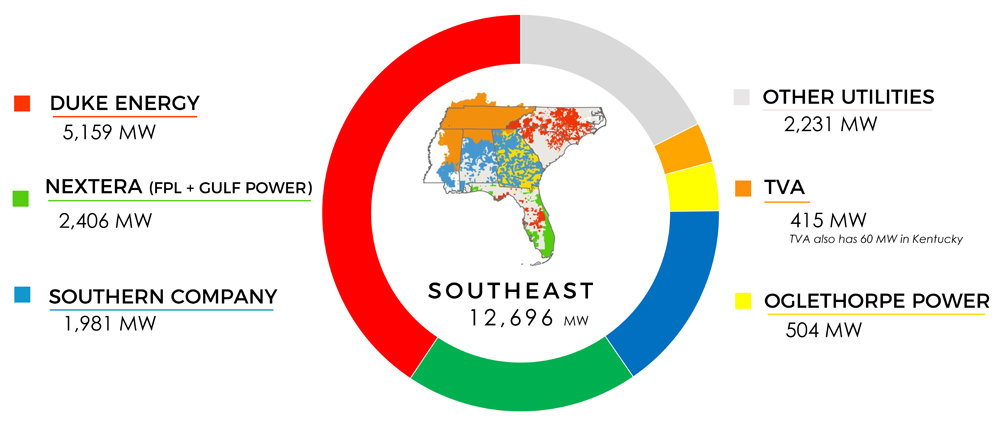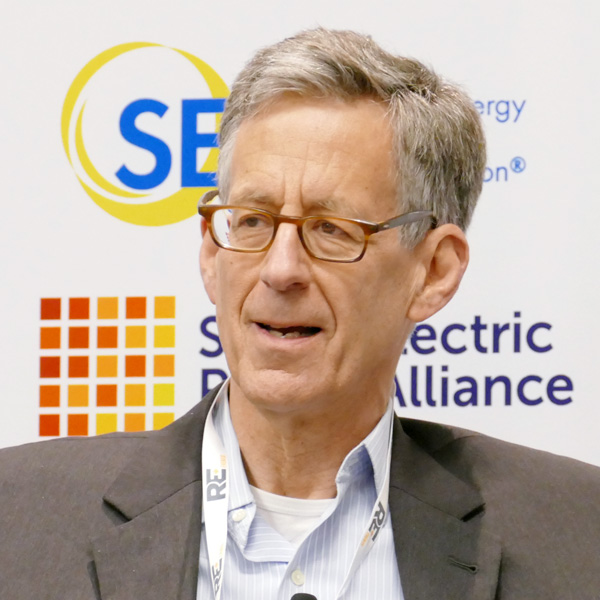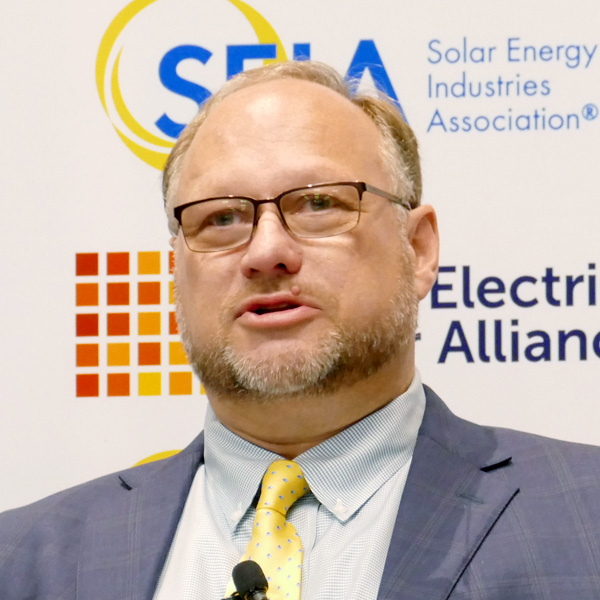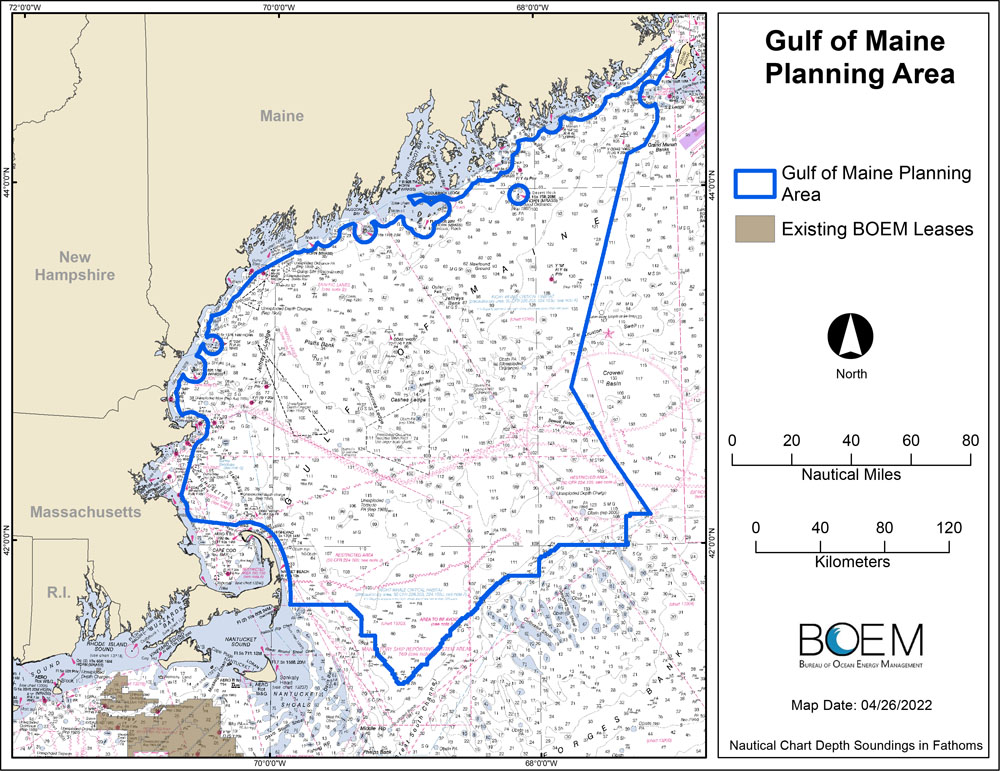FERC on Thursday denied rehearing requests from transmission providers and others on Order 881, which requires the use of ambient-adjusted ratings (AARs) for short-term transmission requests for all lines impacted by air temperature.
The commission also clarified its rationale on several issues related to Order 881 (RM20-16-001; Order No. 881-A).
“In this order, we sustain the result of Order No. 881 and continue to find that, because transmission line ratings and the rules by which they are established are practices that directly affect the cost of … wholesale rates, inaccurate transmission line ratings result in commission-jurisdictional rates that are unjust and unreasonable,” FERC said.
The commission in December ordered transmission providers to end the use of static line ratings in evaluating near-term transmission service to improve accuracy and transparency and increase utilization of the grid. (See FERC Orders End to Static Tx Line Ratings.)
The commission said the rehearing requests could be deemed denied by operation of law, but that it was modifying the discussion in Order No. 881, granting clarification in part, but continuing to reach the same result and confirming the effective date of the order as March 14, 2022.
Petitioners for rehearing and/or clarification included American Transmission Company (ATC); Edison Electric Institute (EEI); ITC Holdings Corp.; MISO Transmission Owners; and Potomac Economics, acting in its capacity as MISO’s independent market monitor.
AAR Requirements
In its 82-page order, the commission discussed the requirement for transmission providers to implement AARs on all transmission lines; the impact of the AAR requirements on transmission line relays; the use of AARs 10 days forward in transmission service and operations; seasonal line rating floors; the minimum AAR temperature range and AAR granularity; and solar heating in AAR calculations.
FERC said it disagreed with EEI’s argument that the commission assumed, without support, that AARs will ensure that wholesale rates more accurately reflect the cost of the wholesale service being provided, and that the commission should prioritize implementation of AARs on historically congested transmission lines.
The commission countered that the “inextricable link” between transmission line ratings and wholesale rates reflects the basic economics of the transmission system and that “by design, limiting AARs to only historically congested transmission lines would not address evolving transmission congestion patterns until after potentially costly congestion occurs on previously uncongested lines.”
On cost concerns, the commission referred to the example it cited in Order 881: “During certain single extreme events, the congestion cost savings of AAR implementation would have been substantial enough from that event alone to justify applying the AAR requirements to all transmission lines, instead of just to historically congested transmission lines. For example, in the February 2021 cold weather event, MISO … accrued $773 million in congestion charges in just a few days, significantly in congestion patterns that were neither predicted nor typical in MISO.”
Implementation of AARs also will lower transmission line ratings during extremely high temperatures, reducing the likelihood of inadvertently overloading a transmission line, the commission said.
FERC clarified two aspects of the AAR requirements related to transmission providers’ transmission protection relay settings. “First, if a transmission provider establishes higher transmission line ratings, it will have to evaluate or reevaluate its applicable protection systems for that facility. Second, we clarify that in a majority of situations the relay setting should exceed AAR values,” the order said.
The commission disagreed with MISO TOs’ arguments that requiring use of AARs for a 10-day forward period could adversely impact reliability, countering that transmission providers must implement forecast margins and adjust them regularly for accuracy.
The commission denied MISO TOs and ITC their requested clarification and rehearing on the use of a transmission line rating “floor” whereby no AAR would fall below the lowest seasonal line rating.
“The transmission line ratings resulting from a seasonal line rating floor would be inaccurate and thus would not reflect true system limitations and could create reliability concerns,” the commission said.
The commission rebutted every argument that the plus-or-minus 10-degree range and five-degree maximum increment AAR requirements will force TOs to develop or maintain millions of data points and transmission line ratings across their systems.
“The commission balanced the evidence of the benefits of this granularity in AAR calculations with the burdens imposed by increasing precision. Specifically … that AAR implementation will likely be primarily automated and that implementation costs will primarily be one-time expenses,” FERC said.
EEI asserted that the scope of benefits that flow from incorporating solar heating into AARs by implementing separate AARs for daytime and nighttime periods is unclear, while ITC contended that FERC failed to demonstrate that any potential market efficiencies that flow from this and other requirements outweigh the burden on transmission owners.
The commission said implementation of daytime/nighttime ratings would enhance the accuracy of transmission line ratings and that “none of the arguments contained in the requests for rehearing persuade us to alter that view.”
Transparency, Compliance
The commission also clarified its stance on the annual recalculation of seasonal line ratings, which ITC asserted had no technical or market-driven justification.
To the extent that a transmission provider continues to implement seasonal line ratings for years without reviewing and updating those ratings, transmission system conditions are likely to have changed to such a degree as to render the ratings inaccurate and associated wholesale rates unjust and unreasonable, the commission said.
“Nevertheless, we clarify that the commission did not prescribe the procedure for recalculating seasonal line ratings, including determining which inputs have changed in a year. For instance, a transmission provider could comply with the annual update requirement for seasonal line ratings by recalculating its seasonal line ratings annually to adjust seasonable temperature assumptions, but then also perform a more detailed recalculation every few years using multi-year temperature data to consider temperature patterns that are harder to identify with only a single year of new temperature data,” the commission said.
The commission further clarified that the requirement to engage in an annual recalculation does not require TOs to undertake unnecessary change from year to year. To the extent that relevant inputs have not changed from one year to the next, the annual recalculation may simply result in continuing to use a transmission owner’s existing facility ratings.
On the transparency requirements adopted in Order No. 881, including the data-sharing burden, the commission continued to find that the benefits outweigh the burdens: “making transmission line ratings and methodologies available to a broader range of stakeholders will amplify the expected benefits … further facilitate more accurate transmission line ratings, and facilitate more cost-effective decisions by market participants and state agencies.”
In response to ITC’s comments that the total number of transmission line ratings required to be stored would “quickly become astronomical,” the commission found “the implementation and operation of a database of this type to be well within the normal business scope of a data-intensive entity like a transmission provider. For example, the 3.4 million transmission line rating records that ITC explains it would have to calculate and store every hour would total only about 1.8 terabytes over the entire five-year line rating retention period required in Order No. 881, although the overall storage requirements would be several times that, considering memory for back-ups and data management.”
On OASIS access, the commission clarified that Order 881 requires transmission providers to post transmission line ratings and methodologies-related data to a password-protected section of their OASIS site or another password-protected website.
“We note, however, that the data posted to either a transmission provider’s website or OASIS must be maintained such that users can view, download, and query data in standard formats, using standard protocols. If the transmission provider chooses to post the data to its own website instead of OASIS, we clarify that users must be able to access the data in a manner that is comparable to if it were posted to OASIS and subject to OASIS access requirements,” the commission said.
On the role of independent market monitors, the commission granted EEI’s request for clarification in part and denied in part.
“We clarify that nothing in Order No. 881 changes or expands the role or authority of market monitors or the auditing responsibilities of any entity. However, we deny EEI’s request for clarification on other matters. We expect that market monitors may use the transmission line rating information available to them in furtherance of their existing responsibilities, which are set forth in the commission’s regulations and the relevant tariffs of each RTO/ISO,” the commission said.
Lastly, the commission said it was neither persuaded to adopt an earlier implementation, as requested by Potomac Economics, nor a delayed one, as requested by EEI, but to stick with the staggered three-year plan as outlined.
“We expect that the implementation burden is predominantly a one-time investment and that the burden of applying AARs to additional transmission lines is minimal. … Moreover, as a matter of policy, there are administrative efficiencies to requiring implementation of all the requirements adopted in Order No. 881 on the same timeline. Specifically, by maintaining a single implementation timeline, the implementation burdens are lessened in that all transmission line rating recalculations must only be done once,” the commission said.




